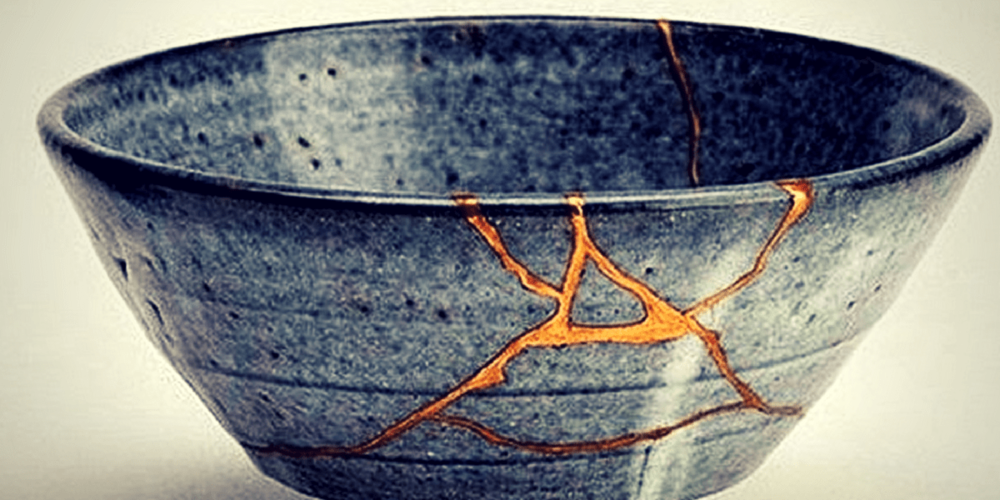Friday Song: "Sing Gently"
The 2020 Virtual Choir — 17,572 voices from 129 countries — embraces to heal

Eric Whitacre is one of today’s premier choral orchestrators and composers. In 2009, a fan sent him a video of her singing along with one of his more popular compositions. Her voice was pure and lovely, and it triggered an idea in his head — what if you could harness dozens of singers virtually to perform a composition?
Thus began the Virtual Choir Project, where singers use an index track and instructions from Whitacre to record themselves singing their parts, contributing these (and an accompanying video) to the finished work.
Over the years, the ambition, reach, and sophistication of the project has expanded, with each iteration becoming more logistically and musically challenging. Thousands of singers have participated in the increasingly complex works.
In 2018, in its fifth iteration, the choir sang to Whiteacre’s Hubble Space Telescope-inspired “Deep Field” composition for symphony and chorus. This led to a collaboration with NASA to create Deep Field: The Impossible Magnitude of our Universe, a film of stunning imagery captured by the telescope. The accompanying music features the Whitacre’s live choir, the Royal Philharmonic Orchestra, and a “virtual choir” of 8,000+ singers ages 4-87 from 120 countries.
Whitacre has received stories from singers enabled by his experiment — from the singer in Cuba who was desperate to sing but needed technical help to get a file smaller than 1MB made for the project, to a mother-daughter singing duo who participated from the dying mother’s hospital bed while the daughter sang and held her mother’s hand.
After “Deep Field,” Whitacre thought the virtual choir had reached its apogee, with nothing of such vast scale likely to inspire another round. Then, the Covid-19 pandemic hit, and Whitacre found inspiration anew. This year, an even larger virtual choir — 17,572 singers from 129 countries — sang another original composition Whitacre wrote as the pandemic began stressing everyone. He entitled it, “Sing Gently.”
In a recent interview about the project on the podcast “Twenty Thousand Hertz,” Whitacre explained:
We were all aching to be together and to sing together. And by “we,” I mean singers across the world. Just everyone desperate to have that connection we had before. And as we started standing up and dusting ourselves off, I talked to the executive producers of the Virtual Choir Project, and I said, “If there was ever a time for virtual choir, it’s now.”
The idea was to inspire and foster empathy for a stressed world and our stressed neighbors, friends, and loved ones.
The video adopts the traditional Japanese method of repairing broken pottery called kintsugi as its visual metaphor, and it’s a perfect choice. Kintsugi embraces the philosophy of treating breakage and repair as part of the history of an object, rather than as something to disguise — broken shards are mended with glue or adhesive suffused with gold dust, turning a wound into a gorgeous record of resilience and survival.

As you’ll see, the shattered world of singers is slowly knitted together with silvery light meant to represent bonds of empathy and hope.
The video may appear long, but the song is just over 3 minutes of it. The rest of the 10+ minutes is the credits. With 17,000+ contributors, it takes some time to list them all — and it’s another level of emotional punch to watch the singers’ names roll by. They’re alphabetized by first name, in case you’re looking for someone.
Whitacre’s virtual choir is a great example of how technology can be used to bring people together, not drive us apart — finding our common aspirations and talents, and applying them to good purpose.
Enjoy.